Kas yra vobleris ir kaip jis atrodo, žino visi meškeriotojai. Kai kuriems net tapo pagrindiniu žvejybos masalu. Tačiau atsiradimo istorija ir kas išrado pirmąjį voblerį, kažkodėl nėra itin pasakojama. Yra oficialių įrodymų, kad pirmąjį voblerį pagamino ir užpatentavo Amerikos pilietis. Kiek vėliau suomis ėmėsi modernizavimo. Deja, visa voblerių istorija nugrimzdo į užmarštį.
Pirmojo voblerio atsiradimo istorija
Remiantis visuotinai pripažintais duomenimis, pirmąjį voblerį 1894 metais išrado amerikietis Jamesas Heddonas.
Heddonas sėdėjo prie seno malūno užtvankos ir kažką kalė iš medžio. Visai kaip tėtis Carlo. Baigęs darbą, jis įmetė drožles į vandenį ir pastebėjo kažką keisto. Paviršiuje plūduriuojančias drožles ėmė pulti ešeriai.
Būdamas ne tik bitininkas, bet ir mėgėjas žvejoti, Heddonas nusprendė paeksperimentuoti su medžio gabalais. Kaip vyko jo eksperimentai nežinoma. 1902 m. balandžio 1 d. bitininkas užpatentavo savo išradimą. Masalui suteikė nedviprasmišką pavadinimą – „Dowagiac“.
1920 metais bitininkas išrado dar vieną masalą „Lucky 13”. Masalas sulaukė didžiulės sėkmės.
Investavę pinigus 1932 metais Heddon and Sons pagamino patį pirmąjį plastikinį voblerį, pavadintą Ghost. Vobleris gavo savo pavadinimą iš blyškaus plastikinio dėklo.
Po kurio laiko modelių skaičius išsiplėtė. Voblerių linijos nuolat tobulinamos. Jų populiarumas augo.
Plastikinis vobleris susilaukė didelio populiarumo tarp meškeriotojų. XX amžiaus pradžioje Amerikoje daugelis kompanijų jau įvaldė masinę voblerių gamybą.
1936 metais kitas meškeriotojas sugalvojo obliuoti medieną. Paaiškėjo, kad tai suomių žvejys Lauri Rapala.
Pirmasis Lauri Rapala vobleris tapo visų pamėgto Original Floater masalo prototipu.
Ypač reikšminga tai, kad „Rapala“ pirmasis sugalvojo prie voblerio tvirtinti įvairių formų ir ilgių liežuvėlius. Liežuvėlis suteikė masalui savitą žaidimą pravedimo metu ir leido voblerį panardinti į nustatytą gylį.
Kaip ir turėjo nutikti, kompanija Rapala-Uistin (Lauri Rapala ir sūnūs) ėmėsi voblerių gamybos. O po 1952 metų olimpiados, surengtos Helsinkyje, ji tapo žinoma visam pasauliui. Šiuo metu „Rapala“ yra viena didžiausių pasaulyje voblerių gamintoja.
Iš ko susideda vobleris
Korpusas
Voblerio korpusas gali būti medinis arba plastikinis. Voblerių gamybai iš medžio naudojami: pušis, lazdynas arba ąžuolas. Plastikinis vobleris gaminamas iš: ABC plastikas, polistirenas, polikarbonatas arba putų polistirenas. Priklausomai nuo naudojamo plastiko, voblerio korpusas gali būti tuščiaviduris viduje arba tvirtai išlietas.
Voblerio kūnas turi būti ne tik savo forma ir išvaizda panašus į plėšrūno grobį, bet ir turėti tokias charakteristikas, kad būtų stabilus vandenyje ir pasižymėtų geromis skrydžio savybėmis ore.
Voblerio korpusas gali būti monolitinis arba susidedantis iš kelių (dviejų, trijų) dalių. Vobleris, susidedantis iš kelių dalių, yra mobilesnis vandenyje.
Voblerio korpusui sustiprinti jo viduje galima sumontuoti metalinį vielinį karkasą, kurio viename gale yra kilpelė valo rišimui, o kituose jo galuose – kilpelės kabliukams tvirtinti.
Voblerio korpuso viduje gali būti įtaisytos triukšmo kameros, kurių vidun gali būti dedami rutuliai iš metalo. Vobleriui judant po vandeniu, kamuoliukai juda triukšmo kameros viduje, sukurdami papildomą akustinį efektą, pritraukiantį plėšrūnus.
Voblerio korpuso viduje taip pat gali būti įrengta ilgo nuotolio užmetimo sistema, kuri skirtingų gamintojų turi skirtingus pavadinimus. Tolimojo metimo sistema yra kanalas, kuriuo juda svoris. Įprastoje būsenoje svoris yra laikomas magnetu kanalo priekyje, metant svoris atjungiamas nuo magneto ir perkeliamas į masalo uodegą, taip pasislenkią voblerio svorio centras, kuris padidina užmetimo nuotolį. Vobleriui nukritus į vandenį, svoris vėl fiksuojamas magnetu kanalo priekyje, netrukdant voblerio žaidimui.
Voblerio korpusas gali būti nudažytas tiek natūraliomis spalvomis, tiek nudažytas ryškiomis spalvomis, kurios provokuoja plėšrūną atakuoti. Daugelio voblerių korpuso paviršiuje yra holografinė danga, kuri padidina masalo patrauklumą plėšrūnui.
Liežuvėlis
Voblerio liežuvėlis turi keturis pagrindinius parametrus.
- Ilgis – nustato gylį kuriame dirbs vobleris, kuo ilgesnis liežuvėlis, tuo giliau jis dirba.
- Pasvirimo kampas – nustato voblerio žaidimo intensyvumo laipsnį. Kuo arčiau voblerio mentės pasvirimas statmenai, tuo voblerio žaidimas bus intensyvesnis. Sumažėjus pasvirimo kampui, žaidimo intensyvumas mažėja.
- Plotas – taip pat lemia voblerio žaidimo intensyvumo laipsnį. Moksliniu požiūriu voblerio žaidimo intensyvumą lemia voblerio mentės ploto projekcija statmenai srauto plokštumai. Paprastai kuo platesnis voblerio liežuvėlis, tuo intensyvesnis jo žaidimas.
- Liežuvėlio forma – nustato voblerio žaidimo niuansus, dažnai liežuvėlis daromas šiek tiek įgaubtas arba su nedideliu įdubimu.
Kabliukai
Dauguma voblerių komplektuojami su trimis trišakiais kabliukais. Patys mažiausi vobleriai turi tik vieną kabliuką, vidutinio dydžio vobleriai – du, dideli vobleriai – su trimis kabliukais, didžiausi vobleriai kartais gali turėti net keturis kabliukus.
Kai kurie tam tikrų gamintojų vobleriai gali būti komplektuojami su dvigubais arba vienšakiais kabliukais. Vobleriai, skirti žuvims gaudyti pagal principą „pagauk ir paleisk“, yra su vienšakiais kabliukais be užkarpėlių, nes jie žuviai daro minimalią žalą.
Kai kurių voblerių kabliukai gali būti papildomai dekoruoti plunksnomis arba sintetinėmis medžiagomis, o tai tam tikromis žvejybos sąlygomis padidina masalo „patrauklumą” plėšrūnui.
Bendras ant voblerio montuojamų kabliukų svoris turi įtakos voblerio plūdrumui, ant voblerio sumontavus lengvesnius ar sunkesnius kabliukus, iš plaukiojančio voblerio galima pasidaryti skęstantį voblerį ir atvirkščiai.
Voblerių klasifikacija
Minnow vobleris
Minnow – tai išgaubtos formos vobleriai. Voblerio kūnas palaipsniui siaurėja link uodegos. Minnow vobleris primena siaurakūnio mailiaus formą.
Liežuvėliai dažniausiai būna maži, išsidėstę vidutiniu kampu į voblerio korpusą. Jie turi gana silpnai išreikštą žaidimą. Jie laikomi pačiais geriausiais vobleriais lydekoms.
Shad Vobleris
Shad vobleriai turi plokščius šonus ir aukštą korpusą. Shad vobleriai gali būti tiek plūduriuojantys, tiek skęstantys, tiek skirti žvejybai sekliame vandenyje, tiek žvejybai dideliame gylyje.
Optimalus Shad voblerio dydis – nuo 40 iki 70 mm ilgio.
Shad vobleriai neturi savo ryškaus žaidimo, todėl reikalauja iš meškeriotojo įvaldyti įvairias pravedimo technikas. Dėl plokščios masalo formos vobleris nepasižymi geriausiomis skrydžio savybėmis, todėl prasminga rinktis voblerį, aprūpintą ilgo nuotolio užmetimo sistema. Dėl masalo formos vobleris turi didelį pasipriešinimą vandeniui pravedimo metu, todėl norint gaudyti šiuo vobleriu reikia pasirinkti tinkamą spiningą.
Shad vobleriai yra specifinė voblerių rūšis ir pradedančiajam žvejui jų pirkti nerekomenduojama. Pradedančiajam žvejui yra įdomesnių voblerių tipų.
Crank vobleris
Crank vobleriai turi platų, išgaubtą, ovalų iš šonų paplotą korpusą, primenantį lašą. Crank – pereinamoji forma tarp Shad ir Fat voblerių, savo išvaizda kiek primena karosą. Crank pavadinimas kilęs iš angliško žodžio kuris reiškia siūbavimą. Crank vobleris turi savo aktyvų žaidimą.
Mūsų sąlygomis gerai gaudo ešerius, upėtakius ir šapalus, dėl voblerio sukuriamų aukšto dažnio vibracijų.
Crank vobleriai gali būti tiek plūduriuojantys, tiek skęstantys, tiek skirti žvejybai sekliame vandenyje, tiek žvejybai dideliame gylyje. Crank vobleris puikiai veikia tiek stovinčiame vandenyje, tiek srovėje. Net ir dirbdami su srove, nepraranda žaidimo, kartu sukuria aukšto dažnio virpesius, kurie pritraukia plėšrūnus.
Vobleriai pasižymi geromis skrydžio savybėmis dėl savo kompaktiško dydžio ir gan didelio svorio. Dauguma voblerių yra 50–80 mm ilgio ir sveria iki 10 gramų.
Daugelio voblerių konstrukcija turi triukšmo kameras su jose esančiais kamuoliukais, kurie sukuria papildomą akustinį efektą. Žvejojant debesuotu oru ir žvejojant purviname vandenyje, ryškių, rūgščių spalvų vobleriai rodo gerus rezultatus.
Fat vobleris
Fat vobleris turi patinusį, ašaros formos kūną. Pavadinimas kilęs iš angliško žodžio, kuris reiškia riebalus.
Fat vobleriai dėl savo apvalios formos pasižymi geromis skrydžio savybėmis. Paprastai šie vobleriai gaminami su mažais, gana plačiais liežuvėliais, kurių nėrimo gylis ne didesnis kaip 1,5 metro. Vobleris turi savo aktyvų žaidimą. Fat voblerio žaidimas yra aukšto dažnio ir plačios amplitudės.
Daugelio voblerių kūno viduje yra triukšmo kameros su jose esančiais kamuoliukais, kurie sukuria akustinį efektą, kuris gerai patraukia plėšrūno dėmesį.
Fat vobleris gerai veikia ant tolygaus pravedimo. Žvejodami ant jų taip pat galite naudoti visokias pauzes, trūktelėjimus ir pratraukimus, taip suteikdami vobleriui žaidimo įvairovę.
Fat vobleriai yra pagrindiniai masalai gaudant šapalus, upėtakius, ešerius.
Fat vobleriai naudojami gaudant aktyvų plėšrūną, kuris maitinasi viršutiniuose vandens sluoksniuose. Jais galima žvejoti ir paviršiniame vandens sluoksnyje, kai povandeninė augmenija neleidžia naudoti giliau neriančių masalų.
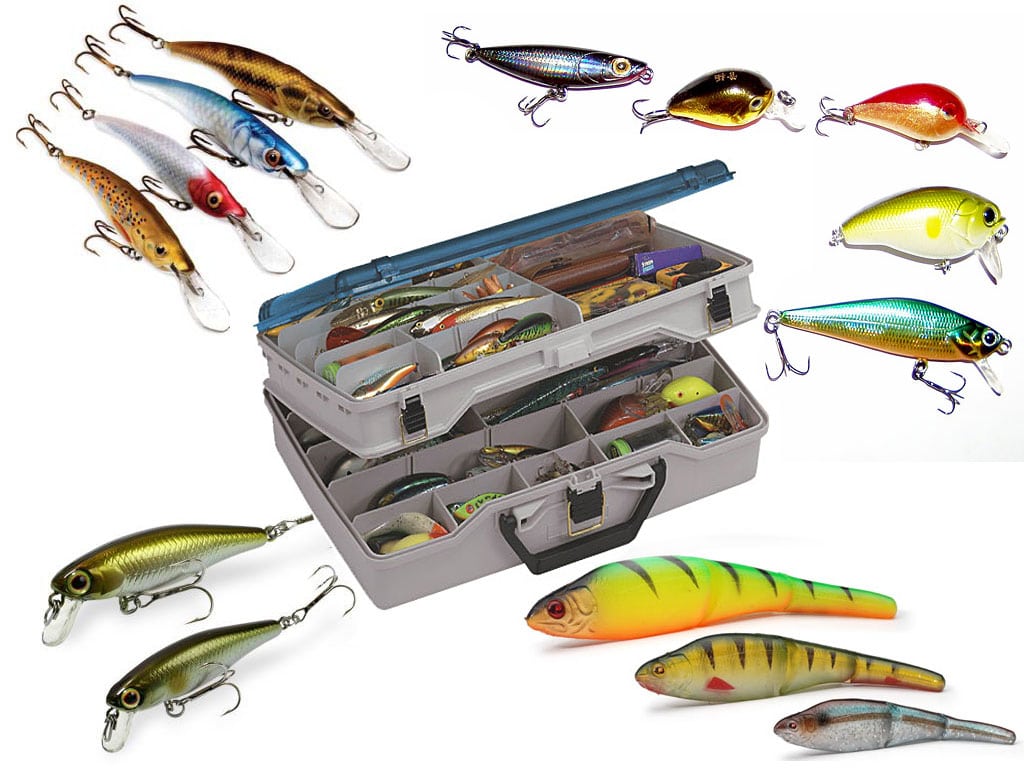
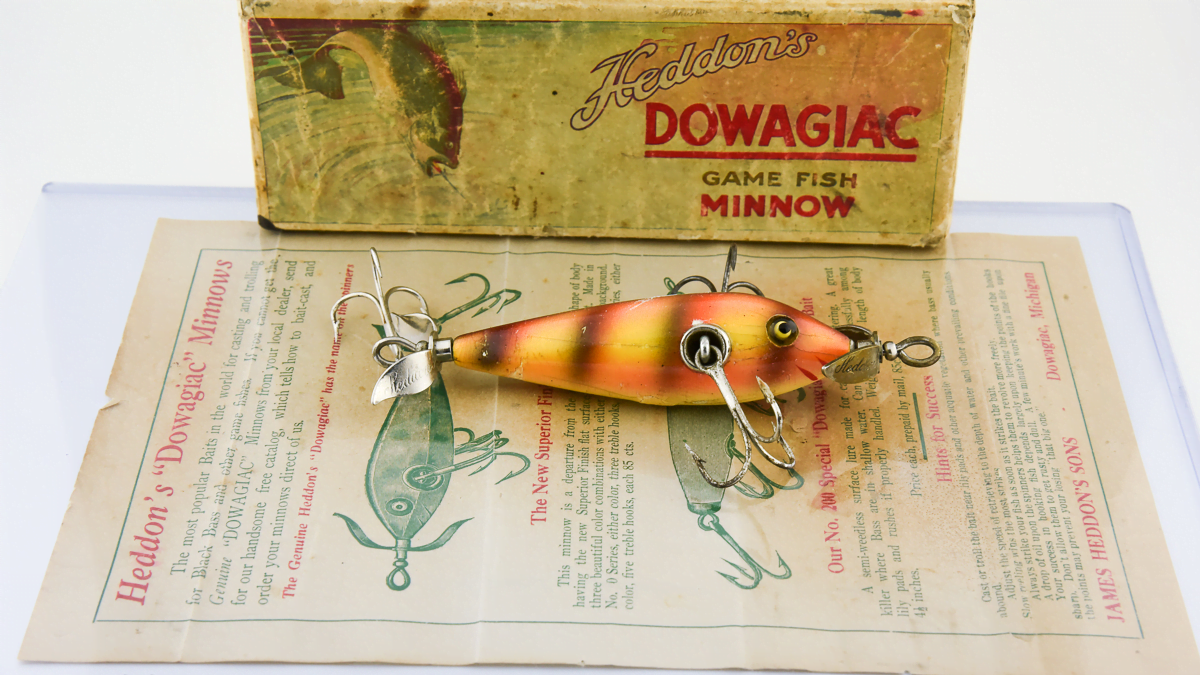
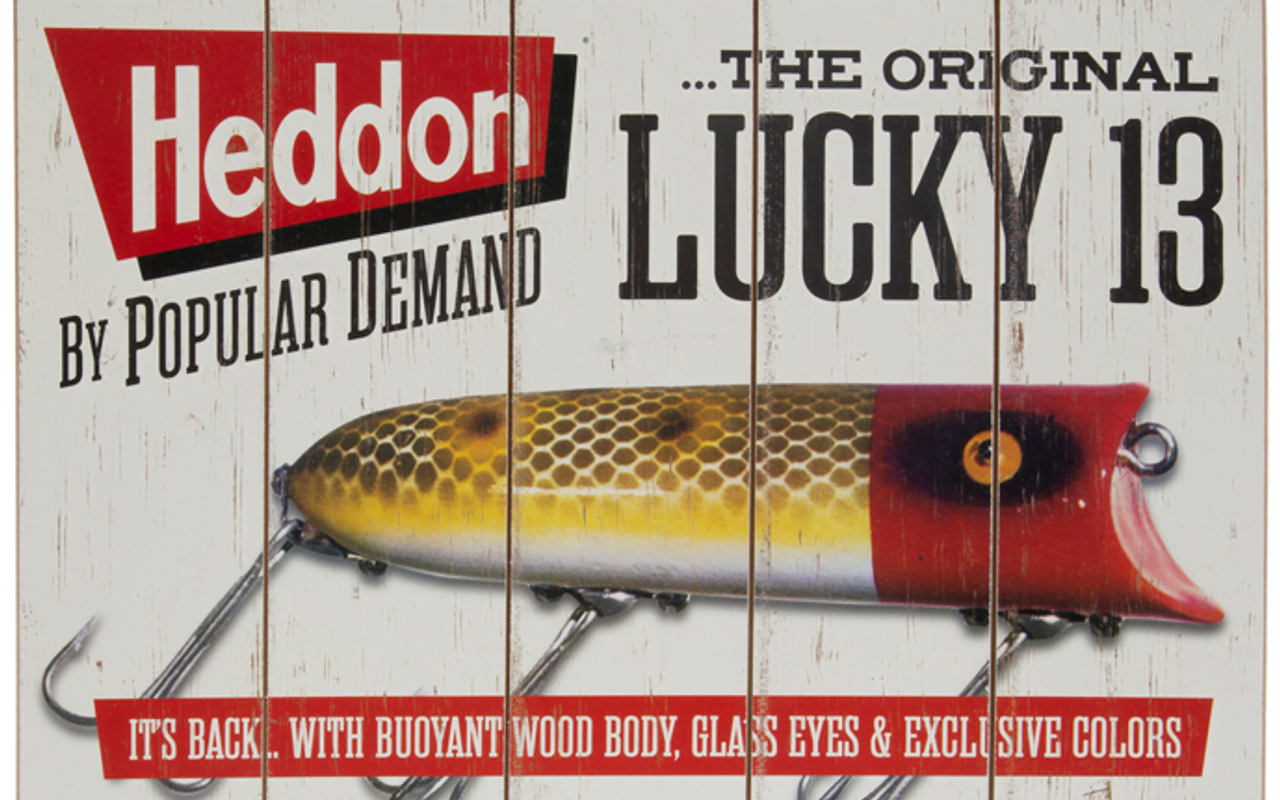
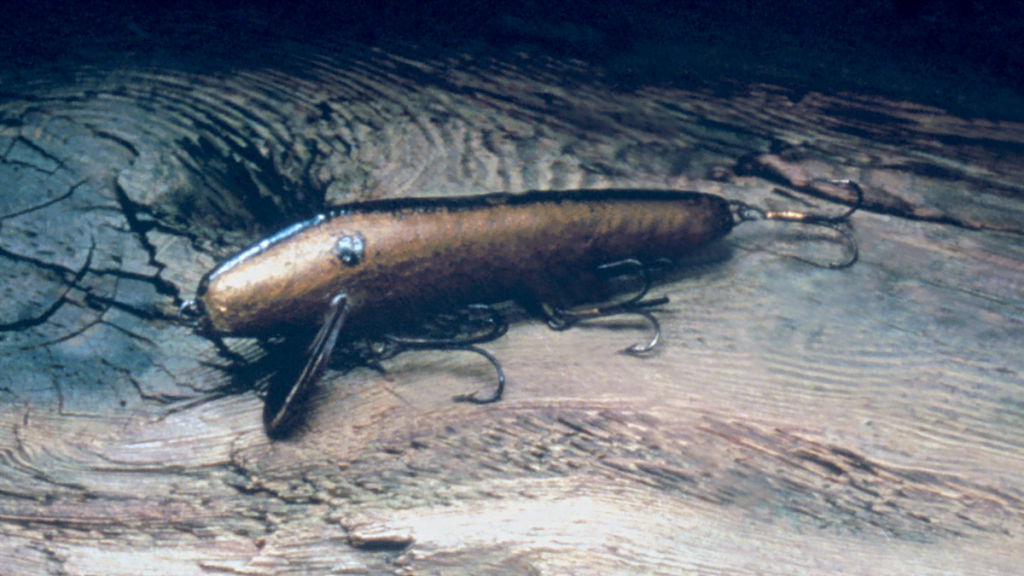
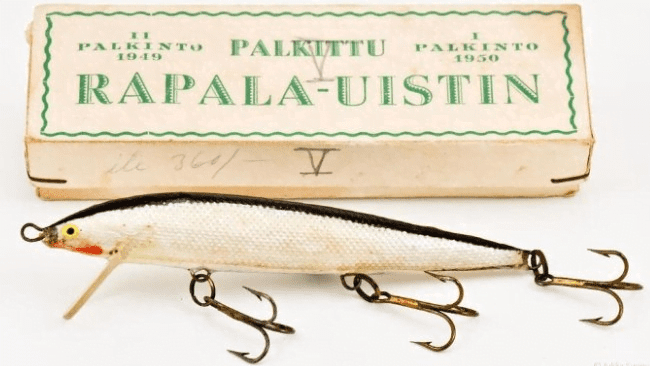
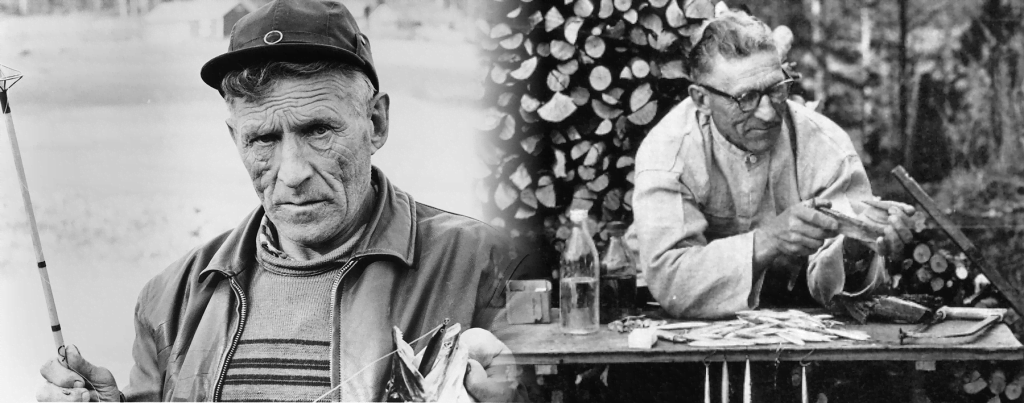


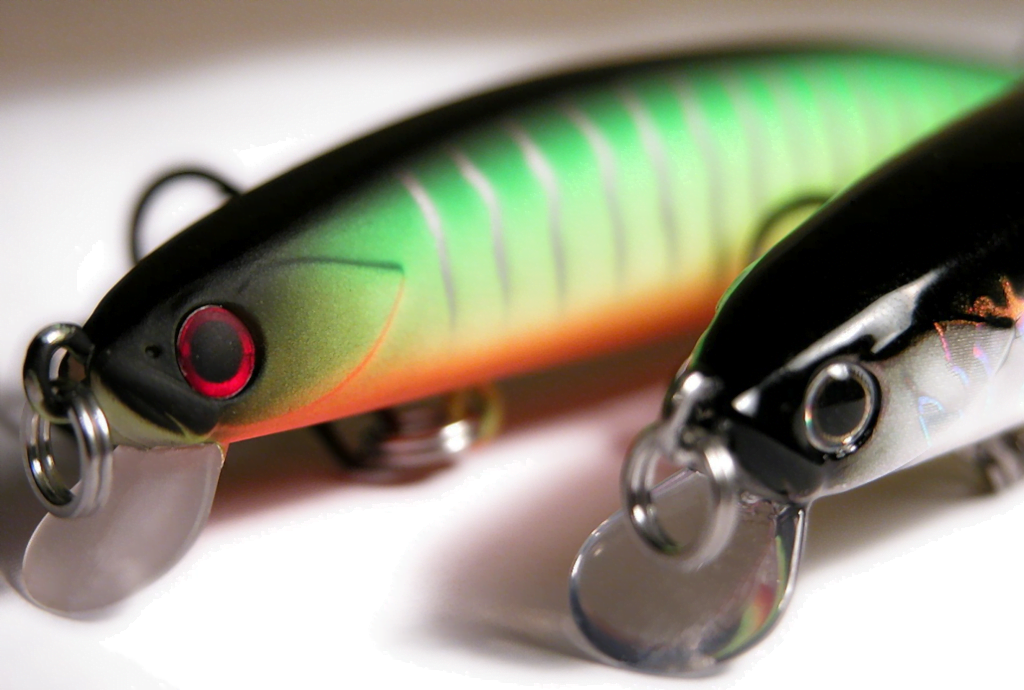
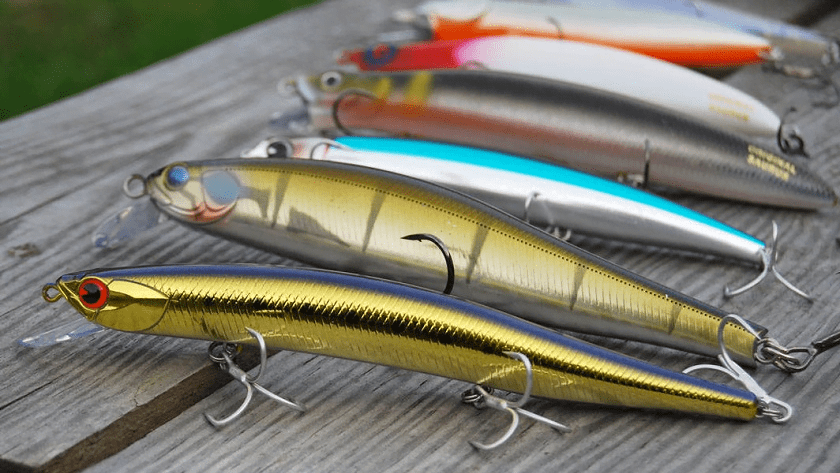
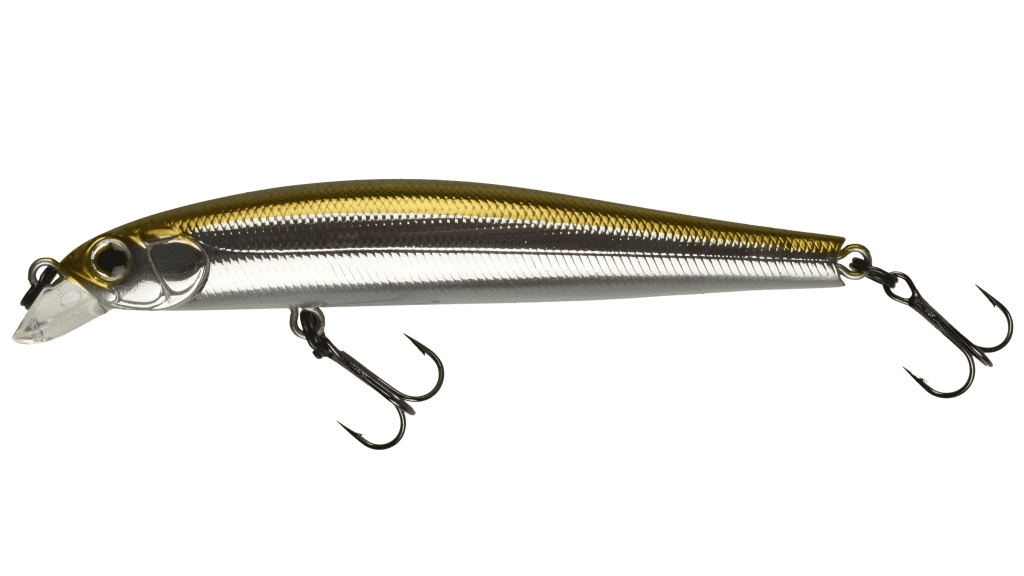
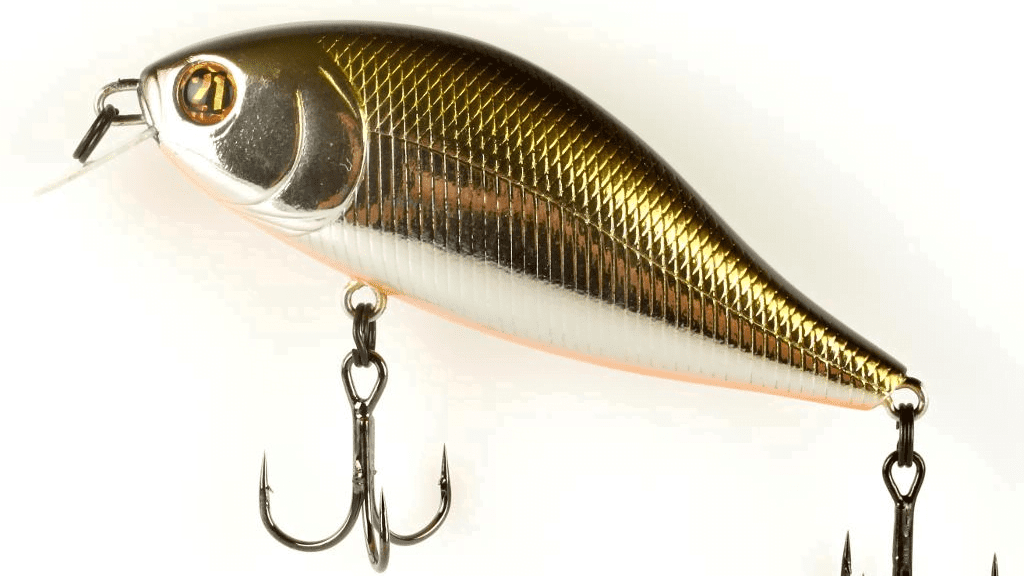

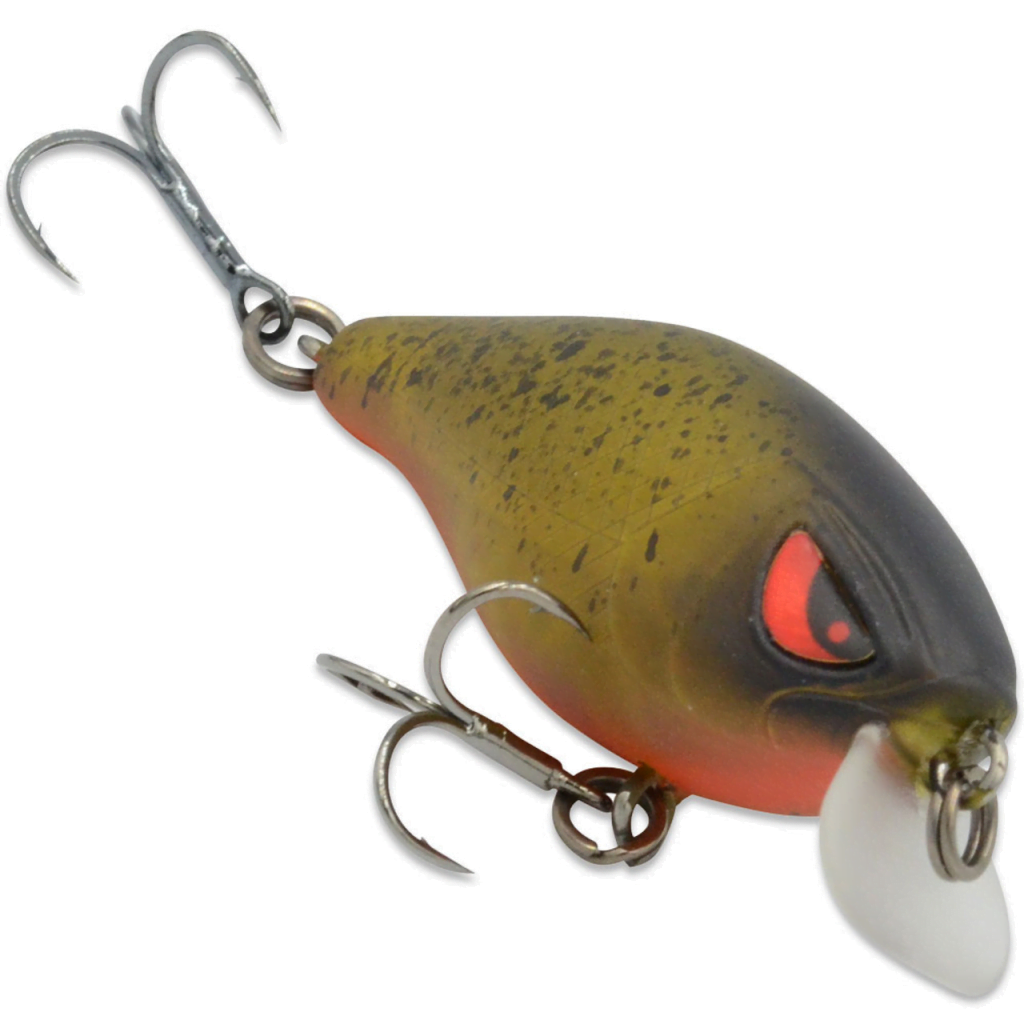
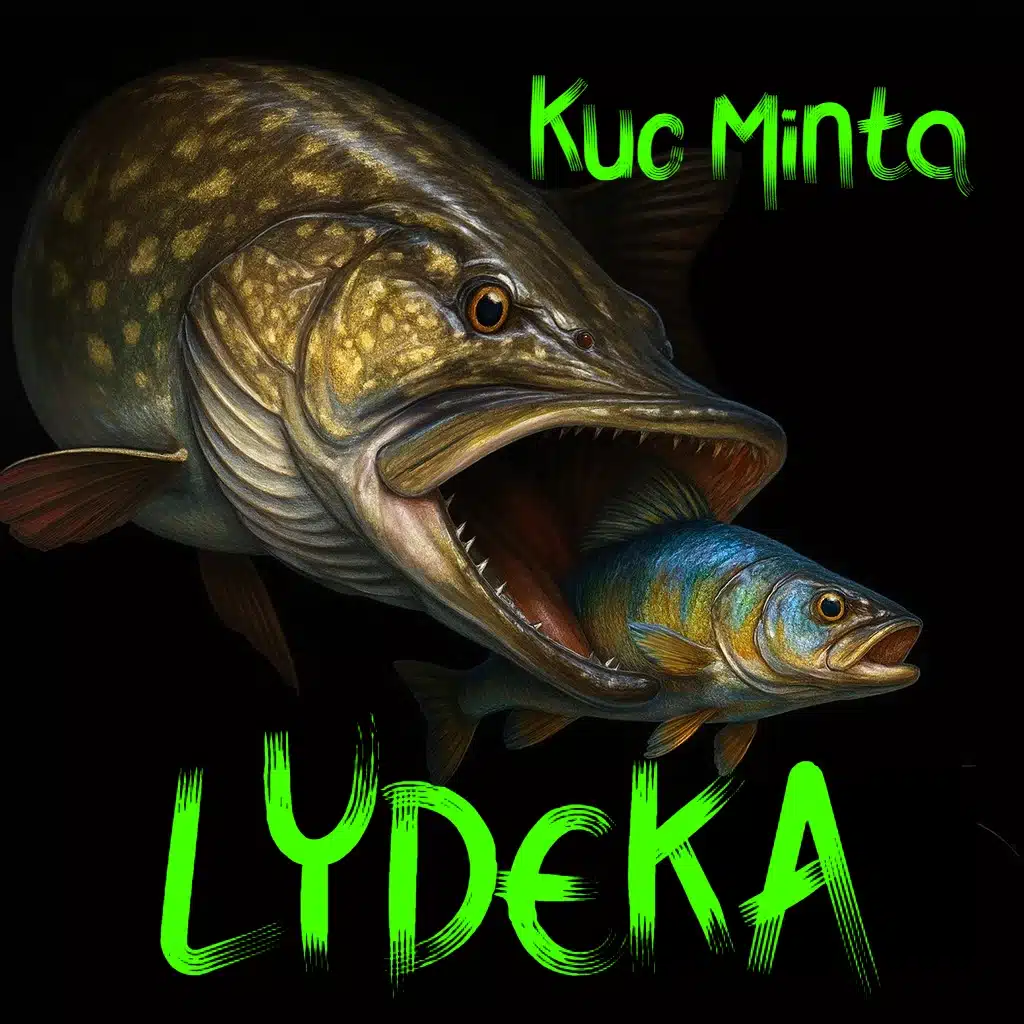
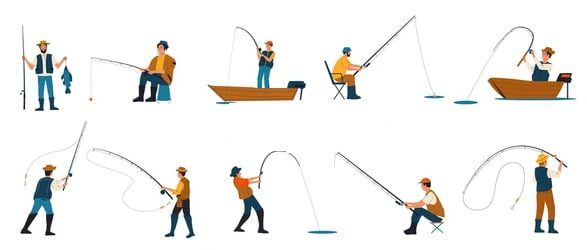
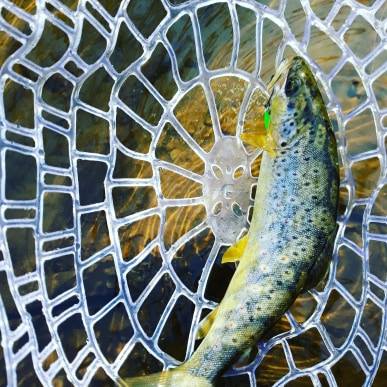

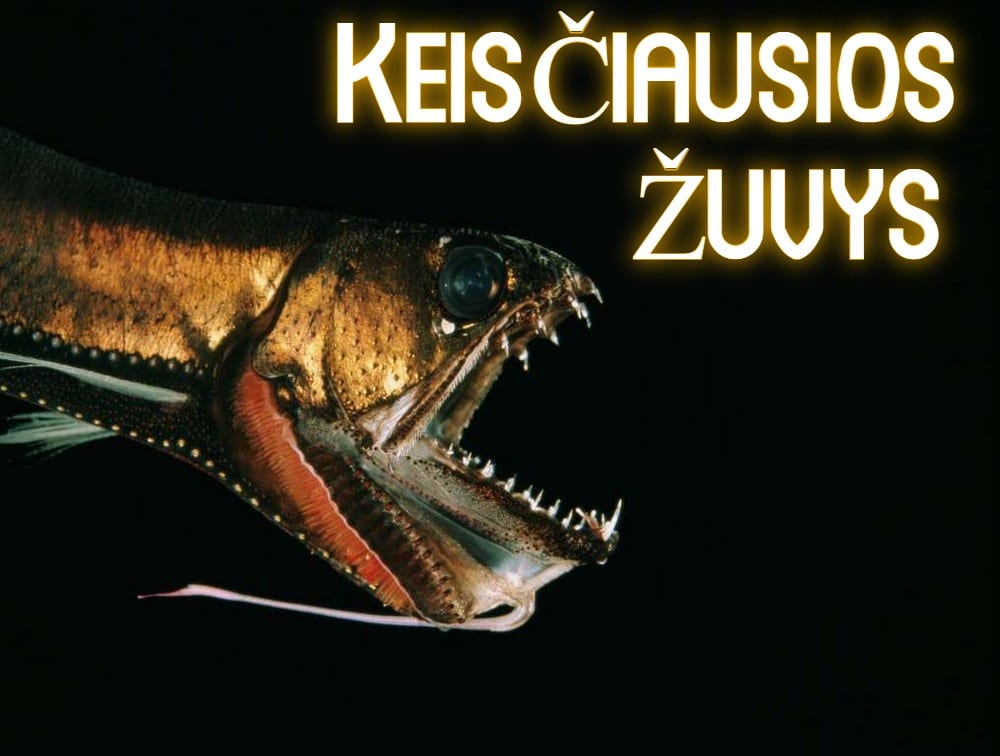
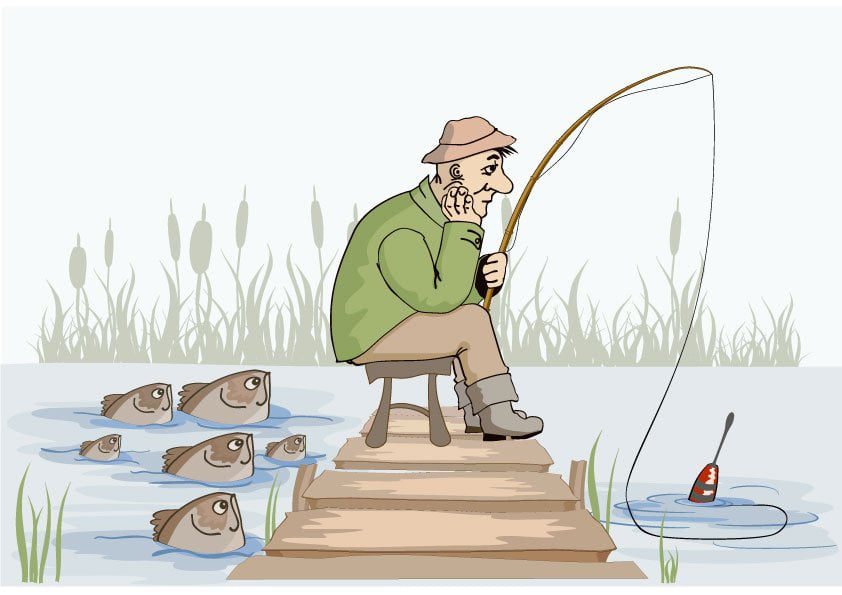


Didelis ačiū!!!!
Sveiki,
Labai ačiū už įdomius straipsnius ir patirties pasidalijimą, seku jus gan senai tačiau vistiek niekaip nesuprantu plūdurumo esmės ir kada kokiame tvekinyje ar prie kokio žuvies aktyvumo turėtume rinktis voblerio plūdurumą.
Pvz. Žvejojant neryje gaudant šlakius kolegos visad naudojas sinking, skęstančius voblerius, kyla klausimas kodėl niekas nenaudoja SP arba F voblerių gaudant šlakius? (Kalbu vien tik apie minnow tipo voblerius) arba esu tvičingi entuziastas ir naudoju SP volberius tačiu kolekcijoje turiu dulkančių ir F ir S voblerių tačiau nesuprantu ar galiu juos naudoti tvičingui taip pat? Gaudant lydekas tvenkinyje. Ir aplamai kada kokį plūdurumą geriausia rinktis bent nominaliai ( man įdomi jūsų asmeninė nuomonė tai nebūtinai turi sutikti su visų nuomome ar stereotipais )
Labas,
Malonu girdėti, kad yra nuolatinių sekėjų 🙂 Ačiū už palaikymą!
Aš naudoju voblerius taip:
SP – vietose kur voblerio nėrimas sutampa su gyliu t.y. jeigu gylis kur gaudau 3m o voblerio nėrimas ~2-2,5m tai naudoju SP, kad jis palei dugną ir dirbtų
F – naudoju sėkliose vietose, ten kur daug žolių, kad ant pravedimo jis užnertų link žolių linijos ir ant pauzės kiltų, taip išvengiu užsikabinimų už žolės ir dažnai lydeka griebia ant pauzės kai vobleris kyla į paviršių.
S – naudoju giliose vietose, ten kur voblerį reikia papildomai užskandinti. t.y. twichinginio voblerio nėrimas dažniausiai būna iki 2-3m, bet jeigu pasirenkame Sinking versiją jį užnardinti galima ir į ~5m gylį, kadangi per pauzes jis skęsta.
Tikiuosi pagelbėjau 🙂 Nei žvyno!